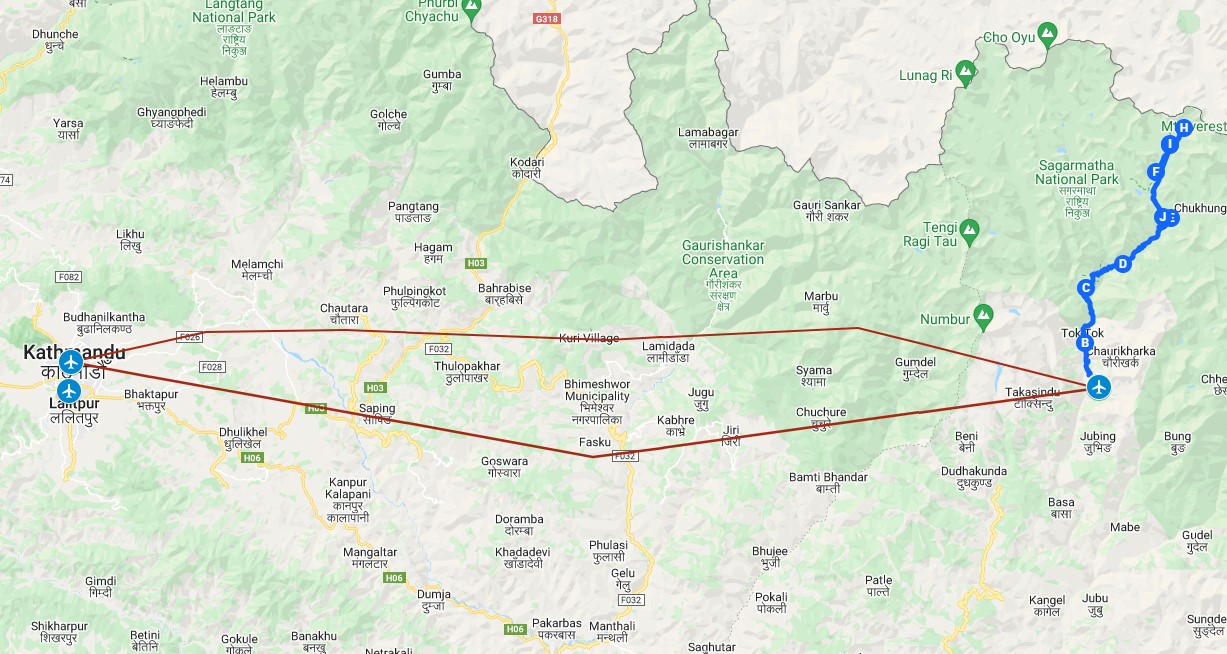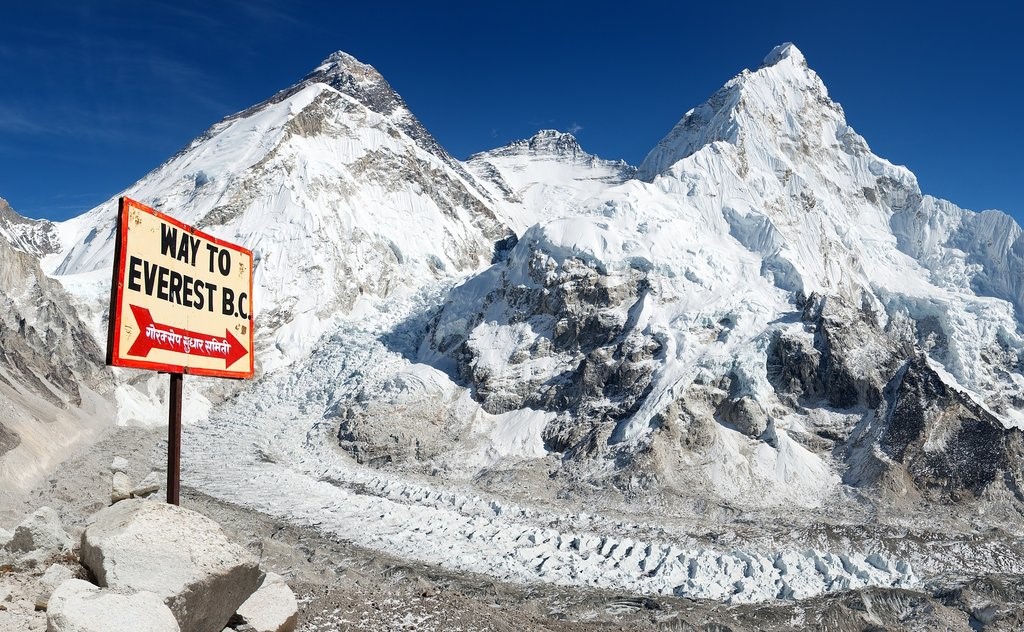
Everest Base Camp Short Trek takes us to the world-famous Sherpas’ backyard, their Buddhist faith, Namche Bazaar, the Sagarmatha National Park, Kala Patthar, and the Everest Base Camp itself. Mount Everest base camp trekking takes us to Tengboche Monastery, Nepal’s highest monastery, and brings us close to four of the world’s six highest peaks: Mt. Everest, Mt. Lhotse, Mt. Makalu, and Cho-Oyu. We begin our trek to the Everest base camp with a flight from Kathmandu to Lukla, where we will be outfitted with all necessary permits and trekking equipment.
Our 14-day trek to Everest base camp is a great option for travelers who are short on time and want almost the same amenities as the 16-day trek under the cost inclusion section. This trip is open to hikers who are physically fit, in good health, and have some experience with high-altitude walks. However, if you are a first-time trekker in good health and average physical fitness and want to enjoy an easy trek, the. For more experienced hikers looking to take on a greater challenge and “stay off the beaten path, “Namche Bazaar trek via Everest Base Camp’ is an excellent option.
Highlights
- Scenic Flight to Lukla
- Lukla Airport ( 2860m)
- Sagarmatha National Park ( A UNESCO World Heritage Site)
- Namche Bazaar ( 3440m)
- Tengboche Monastery
- Everest Base Camp ( 5364m)
Overview
The journey begins with a flight from Kathmandu to the hair-raising Lukla airstrip, which is perched at a lofty 2,800 meters above sea level (9,200 feet). The small airstrip is frequently included on lists of the world’s most dangerous airports, and numerous crashes have occurred over the years. However, flying is likely to be a safer option than taking Nepal’s mountain roads, which feature sheep drops into steep canyons, no guardrails, and buses that are, at best, “aging.” On the Everest Base Camp trek, altitude is an important consideration, and Namche Bazar (3,440 m; 11,286 ft), a Sherpa village and gateway to the Khumbu region, is frequently used as an early layover for rest and acclimatization.
The trek begins in Namche and ascends through colorful Sherpa villages along the Dudh Kosi River. Terraced rice fields and rhododendron forests eventually give way to hardened rock and ice landscapes. The final outpost of Gorak Shep is on the way to Everest Base Camp; because there are no teahouses at Everest Base Camp, trekkers can either day hike from Gorak Shep or bring camping gear. The scramble to nearby Kala Patthar (5,545 m; 18,192 ft) provides an even better view of Everest, Lhotse, and Nuptse than the views from the base camp. The main Everest Base Camp trail is an up-and-back route, which means you return down the same path you came up with.
With upwards of 30,000 trekkers per year and 10,000 per month during peak season, Everest Base Camp is Nepal’s most popular trek (these numbers are from before the 2015 earthquake and reliable information since then unfortunately is not available). The well-worn trail and facilities are as good as anywhere in Nepal, despite the high number of trekkers. Side trips up the Gokyo Valley and Chukhung Valley will greatly enhance the trip for those looking to get off the beaten path.
Want to know more?
| Viber / WhatsApp | 9864014537 |
| Kathmandu office | 01-4439962, 01-4439963 |
| Price |
Trip Itinerary Brief
| Day | Highlights | Walking / Hiking |
| Day 1 | Arrival in Kathmandu and preparation for the trip | |
| Day 2 | Fly to Lukla, trek to Phakding | 3-4 Thursday |
| Day 3 | Phakding to Namche Bazaar | 5-6 hrs |
| Day 4 | Acclimatization Day – Namche Bazaar | |
| Day 5 | Namche Bazaar to Tengboche | 5-6 hrs |
| Day 6 | Tengboche to Dingboche | 5-6 hrs |
| Day 7 | Dingboche: Acclimatization | |
| Day 8 | Dingboche to Lobuche | 5-6 hrs |
| Day 9 | Lobuche to Gorak Shep, visit Everest Base Camp | 6-7 hrs |
| Day 10 | Gorak Shep to Kala Patthar to Pheriche | 7-8 hrs |
| Day 11 | Pheriche to Namche Bazaar | 6-7 hrs |
| Day 12 | Namche Bazaar to Lukla | 6-7 hrs |
| Day 13 | Fly to Kathmandu | |
| Day 14 | Final departure |
Detailed Itinerary
Day 1: Arrival in Kathmandu and preparation for the trip
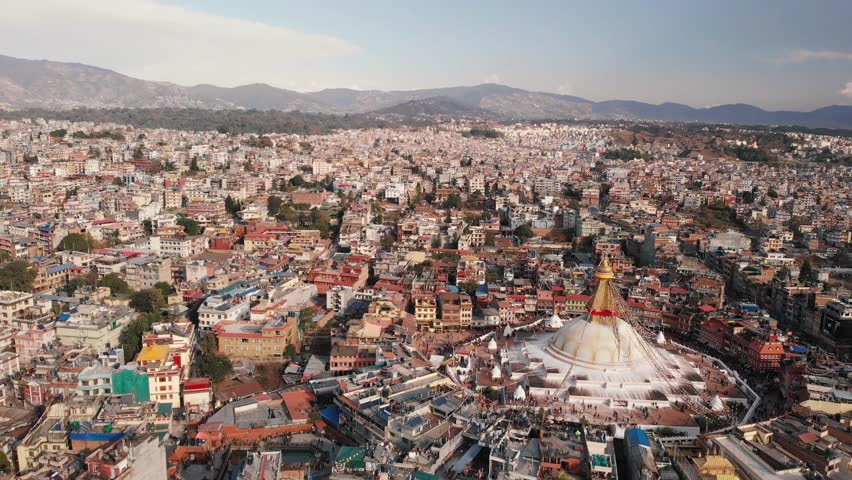
When we arrive in Kathmandu, a representative from Deshatan Travels and Tours will meet us at the airport and transport us to our hotel. In the afternoon, we’ll have a pre-trip meeting where we’ll meet our trek leader and other team members. We can use this time to ask the management and trek leader any questions we have about our trip. In the evening, Deshatan Travels and Tours will host a welcome dinner. We will have excellent Nepalese cuisine for dinner, which will introduce us to the country’s food culture.
Day 2:Fly to Lukla, trek to Phakding
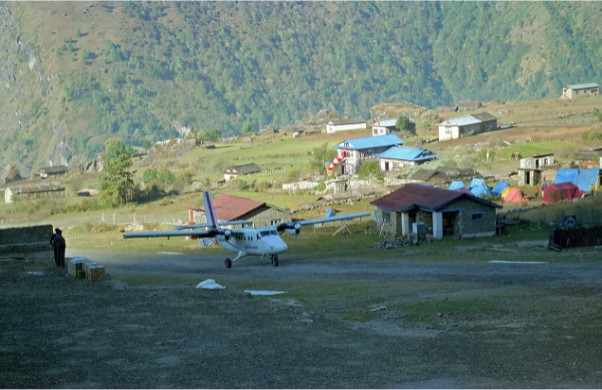
We enjoy one of the most beautiful air routes in the world during the 40-minute flight from Kathmandu to Lukla (9,186ft), culminating on a hillside surrounded by high mountainous peaks. We meet our other crew members in Lukla, a gateway destination from which our trek begins, and begin packing and arranging with them. We begin our trek in Lukla. After an hour of gradual descent, we will arrive at a Cheplung village with a view of Mt. Khumbila (18900ft), a sacred mountain that has never been climbed. We then gradually descend from Cheplung to Phakding, where we will spend the night.
Day 3: Phakding to Namche Bazaar

We follow the trail north up Benkar Valley, walking through a beautiful pine forest. Then we cross the Dudh Koshi River and continue to Monjo, the entrance to the Everest National Park. Then, after crossing a suspension bridge, we walk alongside the Dudh Koshi and Bhote Koshi rivers. Namche Bazaar, the prime heartland of Sherpa village, is reached after a steep ascent. If the weather permits, we can see Mt. Everest and Mt. Lhotse for about an hour before arriving at Namche Bazaar. Stay the night in Namche Bazaar.
Day 04: Acclimatization Day – Namche Bazaar
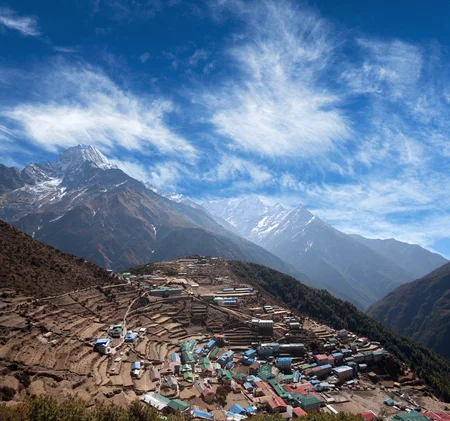
There is plenty to do in and around Namche Bazaar, and we can spend a day acclimating here. Namche Bazaar is the Khumbu region’s main hub, with government offices, ATMs, Internet cafes, shops, restaurants, and a vibrant market. Our guides can take us to discover Namche Bazaar’s true charm. Trekking to Sagarmatha National Park rewards trekkers with views of Mount Everest, Lhotse, Nuptse, Ama Dablam, Thamserku, Kongde, and other peaks. If we want to go on a day hike, we go to Khumjung village (12401ft), which is a beautiful village with a Sherpa settlement. We observe traditional Sherpa life, the Khumjung Hillary School, and the flora and fauna found at such altitudes while exploring Namche Bazar. Stay the night in Namche Bazaar.
Day 5: Namche Bazaar to Tengboche
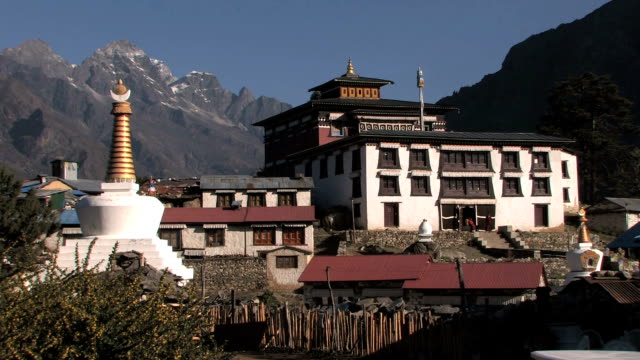
This section of the trek includes the well-known descent to the Dudh-Koshi River and the equally well-known ascent to Tengboche through the rhododendron forests. We enjoy views of mountain peaks such as Mount Everest, Lhotse, Nuptse, Ama Dablam, Thamserku, Kongde, and others as we descend to the Dudh Kish River. When we arrive in Tengboche, we visit the Tengboche monastery, the largest in the region, and take in the views of Everest, Ama Dablam, and other peaks. Tengboche is where you’ll spend the night.
Day 6: Tengboche to Dingboche

We descend and trek through forests densely forested with birch, conifers, and rhododendrons. This journey provides us with breathtaking views of Mt. Everest, Lhotse, and Ama Dablam. The scenic trail descends to Devuche, crosses the Imja River, and leads us to Pangboche. Upper Pangboche trails offer a more pristine view of the Himalayas and the Pangboche Monastery. The trek continues towards the Imja Valley, the Lobuche River, and eventually begins the ascent to Dingboche. We see a beautiful array of fields surrounded by stone walls to protect barley, buckwheat, and potatoes from the cold winds and grazing animals at Dingboche. Overnight in Dingboche.
Day 7: Dingboche: Acclimatization

Dingboche is a popular stopping point for trekkers and climbers on their way to Mt. Everest, Ama Dablam, or Imja Tse. The village is lovely, with its fields surrounded by stone walls to protect the barley, buckwheat, and potatoes from the cold wind and grazing animals. We spent a day at Dingboche to acclimate. We go on day hikes to Nagarjun Hill or Chukkhung Valley to see Makalu, Lhotse, Chalotse, Tawache, and Ama Dablam.
Day 8:Dingboche to Lobuche
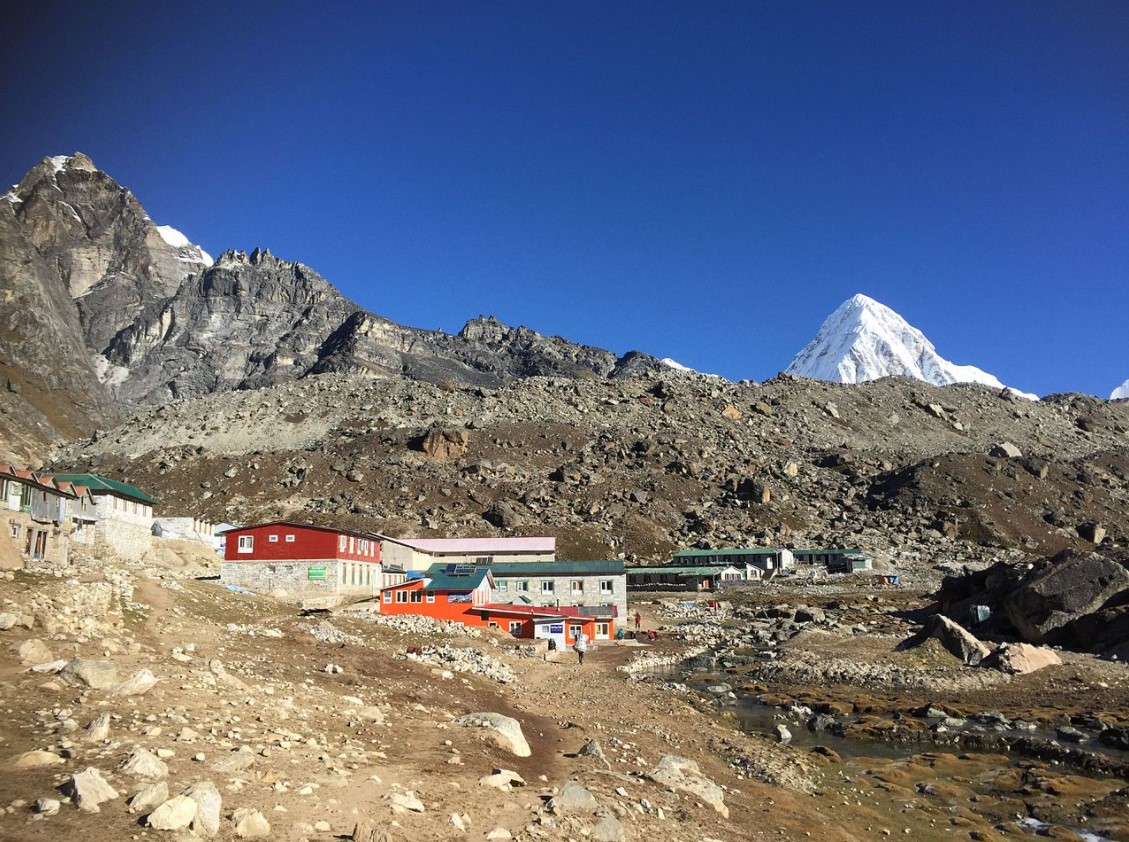
We begin the day with a gentle ascent to Duglha, located at the terminus of the Khumbu Glacier’s terminal moraine. From here, we hike up a steep trail to Chupki Lhara, where we find a collection of stones with prayer flags that serve as memorials to Scott Fischer (American mountaineer) and 10-time Everest submitter Babu Chiri Sherpa (Nepali mountain guide) who died while attempting to climb Everest. We then proceed to the Khumbu Glacier moraine, where we are confronted by several magnificent peaks, including Khumbutse, Lingtren, Pumori, and Mahalangur Himal. The trail then begins to flatten out as we follow the valley to Lobuche. Spend the night in Lobuche.
Day 09: Lobuche to Gorak Shep , visit Everest Base Camp

We hike to Everest Base Camp via the once-vast Gorak Shep Lake. We come across the Indian army mountaineers’ memorials as we continue straight ahead. The path from here can be deceptive, so we must closely follow Sherpa’s lead. Because of the thin air at such a high altitude, the walk is strenuous. Before reaching Everest Base Camp, we travel through rocky dunes, moraine, and streams. When we arrive at the Everest Base Camp, we see mountaineers’ tents that stand out in bright colors against the monotony of gray surroundings (especially in the spring). The mountains we can see from the base camp are Nuptse, Khumbuste, and Pumori. We return to Gorak Shep for a restful night’s sleep. Overnight stay in Gorak Shep.
However, the sunset view from Kala Patthar is more beautiful than the sunrise view, so we should go there today at sunset. The scenery is breathtaking as the setting sun’s rays strike the snow-capped mountains. As a result, trekkers who wish to continue to Kala Patthar today rather than tomorrow should inform their guide, and he or she will coordinate accordingly.
Day 10: Gorak Shep to Kala Patthar to Pheriche

We prepare to leave early in the morning, in the pre-dawn darkness and cold temperatures (-10 to -14 C). Furthermore, there is always the possibility of chilly winds, which are quite common. Even as Everest begins to reveal itself, familiar peaks such as Lingtren, Khumbutse, and Changtse tower to the east. However, it is only after reaching Kala Patthar that we get to see 360-degree up-close and terrifying views of Mt. Everest. We take pictures, admire the breathtaking mountain scenery, and then return to Pheriche for a good night’s rest.
Participants who will visit Everest Base Camp today will eat an early breakfast to get an early start because the hike to Everest Base Camp takes longer than the hike to Kala Patthar. Both groups will have lunch together after returning to Gorak Shep; the afternoon will be spent descending to Pheriche for a good night’s rest.
Day 11: Pheriche to Namche Bazaar
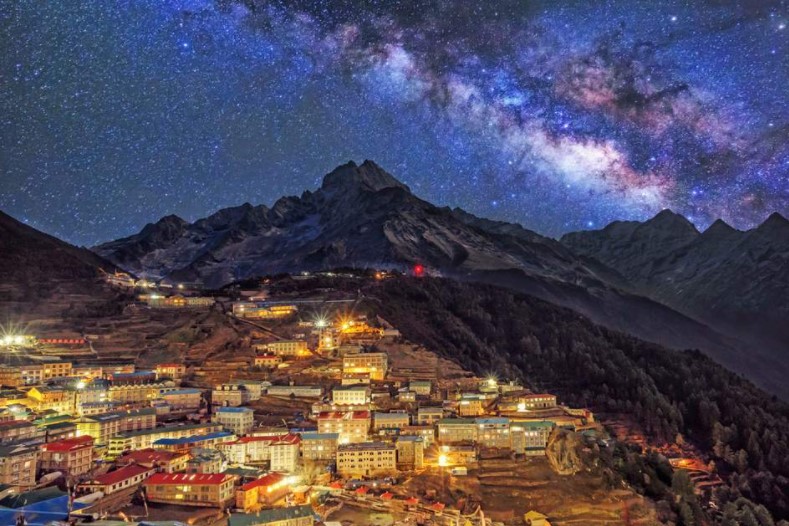
We make our way down the hillside, which is thickly forested with rhododendron and juniper trees. Our trail follows the Dudh Koshi gorge, descending rapidly through pine forests after crossing the prayer-flag festooned bridge over the Dudh Koshi River. We might see colorful pheasants and mountain goats in the forest. The path eventually leads to Sansa, from which we can see Ama Dablam, Thamserku, and Nuptse mountains. We also travel along winding trails and through a forest before arriving at Namche Bazaar. Stay the night in Namche Bazaar.
Day 12: Namche Bazaar to Lukla

The trail descends steeply downward, so we must proceed with caution as our shaky legs battle the rocky terrain. The trail becomes more level and natural after crossing the suspension bridges over the fast flowing Dudh Koshi and its tributaries. After arriving in Lukla, we stretch our tired legs and reflect on the events of the previous few weeks. In Lukla, spend the night.
Day 13: Fly to Kathmandu

After our long mountain journey, we board an early morning flight to Kathmandu. We can rest or go souvenir shopping once we arrive in Kathmandu. We can go exploring other parts of Kathmandu today if we want. Our tour guides can assist you with both souvenir shopping and sightseeing. In the evening, we will have a farewell dinner to celebrate the successful completion of our journey. Overnight in Kathmandu.
Day 14: Final departure
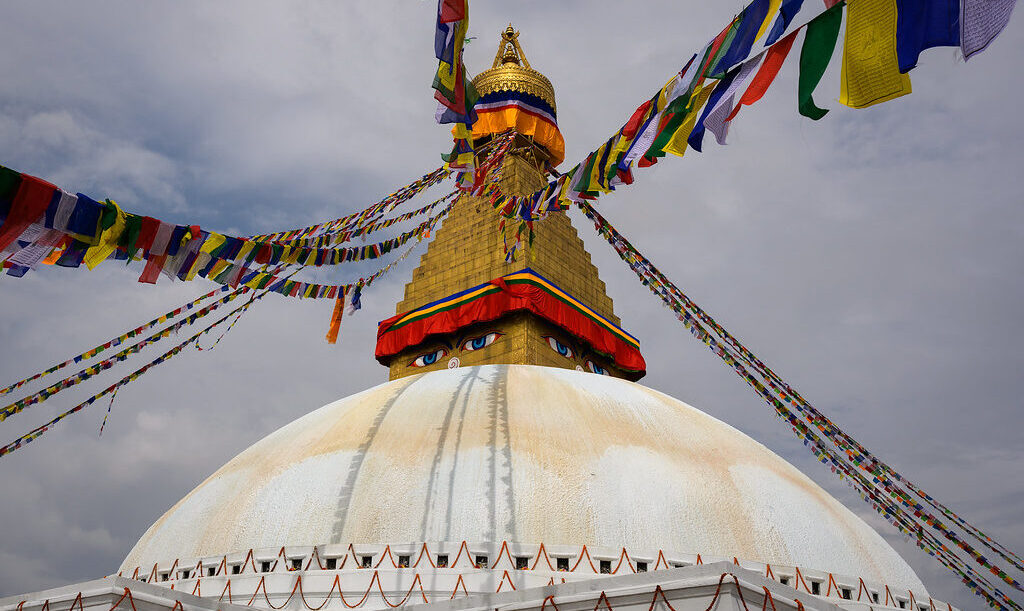
Today is the last day of your Nepal adventure! Nothing to do but exchange emails with your travel companions and organize your photos. A Deshatan Travels and Tours representative will transport you to the airport approximately 3 hours before your scheduled flight. You’ll have plenty of time on the way home to plan your next adventure in the wonderful country of Nepal.
INCLUDED
- Accommodation in Standard Hotels on Twin Sharing Basis
- Equipment
- Domestic Flights
- Local Guide & Support Staff
- All Private Ground Transportation Including Airport Transfers
- Meals in the Mountain
- Small-Group Adventure
- Guaranteed Departures
- Lifetime Deposit
- No Booking Fee
International flights are not included, for your information. Unless you request a private room, rooms are usually shared by two people. You can also upgrade to better hotels in the mountains and even in cities. Please specify your customized services during the booking process or contact our Destination & Products Specialist.
ADDITIONAL NOTE
Please keep in mind that the Kathmandu-Lukla-Kathmandu flight is frequently delayed by a few hours or canceled for one, two, or more days due to inclement weather. Even in the best of seasons, such conditions can occur. As a result, in such cases, you must be prepared for long waits at either the Kathmandu or Lukla airports, as this can occur at either the beginning or end of the trek or even both! We will do our best to avoid such delays and will book you on the next available flight. In such cases, we can also arrange for helicopter rescue if it is available and requested by our clients. The helicopter costs around USD 3500 and can transport 4-5 people per flight. Still, we recommend that you be prepared for possible delays/cancellations and that you bring some extra buffer days (1-2 days) at the end of your trip to accommodate such delays. If everything goes well and you still have a few days of buffer time left, you can participate in optional activities that Himalayan Glacier can arrange on your behalf. Optional activities may include visiting places/landmarks of your choice, participating in adventure sports, shopping, and so on.
If the flight delay/cancellation occurs at the beginning of the trip and lasts long enough to disrupt your onward travel plans, you are free to choose an alternative trip, such as a trek in the Annapurna, Langtang, or any other region. If you are not interested in the alternative trip and would prefer to wait in Kathmandu for as many days as it takes to get a flight to Lukla, you are welcome to do so. Please keep in mind that there will be no refund if you spend time waiting at the airport and do not take an alternate tour, or if you only do a short trek later due to time constraints. If the trip is canceled before departure, we will provide you with lodging and lunch in a Kathmandu guesthouse. Please keep in mind that you will not be entitled to a refund for any services (such as a hotel, transportation, or flight) included in the package that you do not use.
MEALS
During the trek, we will stay in Yatri Suites & Spa or similar in Kathmandu and teahouses. All lodging is on a twin-sharing basis. On request, a single supplement will be served for an additional USD 425. Deshatan Travels and Tours will arrange for rooms with attached bathrooms; however, some teahouses only have shared washing and toilet facilities. Also, single rooms are easily available in Kathmandu and the trekking regions at lower elevations but may be difficult to find at higher elevations.
EXPERIENCE REQUIRED
Mount Everest Base Camp Trek is a moderate trek suitable for enthusiastic hikers who can walk at least 6-7 hours per day with a light rucksack. On some days, we may have to walk for 7 to 8 hours. Walking at higher altitudes is more physically demanding than walking at lower altitudes; however, we can complete the trek successfully if we are in excellent health with average physical fitness, have a positive attitude, and have strong determination. Exercising and jogging regularly is a good way to improve our strength and stability. Previous hiking experience would be beneficial, but no technical skills are required for this trip. Participants with pre-existing medical conditions, such as heart, lung, or blood diseases, should notify Deshatan Travels and Tours before booking the trek. We also recommend that you consult with your doctor(s) before your trip.
ACCLIMATIZATION
The itinerary for this trek has been designed with AMS in mind (Acute Mountain Sickness). Going up to higher altitudes too quickly causes a medical condition that can lead to death. The less oxygen there is in the air, the higher the altitude. For example, at altitudes above 5000 meters, there is 50% less oxygen than at sea level. As a result, our bodies require several days to adjust to a lower oxygen environment. During this trip, we will stop for a rest in Namche Bazaar and Dingboche to help us acclimate to the high altitude.
BEST TIME TO TRAVEL
The best seasons for the Everest Base Camp Trek are autumn (September to November) and spring (March to May). The weather is sunny and warm, and the views are spectacular. Summer or Monsoon trekking (June to August) will be affected by rain, but a summer trek could be a boon for a keen botanist.
Map
